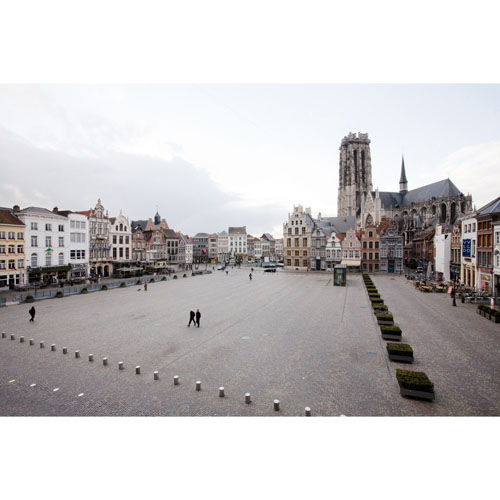| |
Studio Associato Bernardo Secchi Paola Viganò
Architecture | Urbanism | Landscape |
Grote Markt and the central space in Mechelen - international competition
[first prize] |
| client: |
city of Mechelen |
| program: |
public space |
| date: |
2002-2012 |
| |
|
| consultant: |
N.V. GILUCO |
| team: |
studio
K.Boon, M.D'Ambros, G.De Roia, U.degli Uberti, U.Dufour, L.Fabian, S.Geeraert, R.Miglietta, P.Ochelen, G.Pusch, W.Wambecq, K.Yoshida, G.Zaccariotto
|
| photography: |
Teresa Cos |
| |
|
| |
|
| |
|
| |
|
| |
|
| |
|
| |
|
| |
|
| |
|
| |
|
From the Veemarkt to the cathedral of Sint Rombouts the open spaces go through the most internal and old area of the city; orthogonal to these spaces an axis links the north and south gate of the city, the Dijle river at the south and the old canal which substituted it to the north. All along these axis, between the Cattle Market and
the Cathedral, there are the most significant places of the city: the cathedral, the old city hall, the Big Square, the new city hall and the market. Defined by the very architecture front, these spaces invited a silent design, minimal, but very carefully-treated that enables the more various social practices to take place. A design that uses the minimal level differences of the ground to give an identity to the different parts of these spaces (the places of the terraces and the cafés, the waiting places and the bus routes, the places of relaxing and rest ) and which makes effort to include the spaces of existing underground parking in the logic of public space, with slits that can give natural light to the underground. |
|

![]()